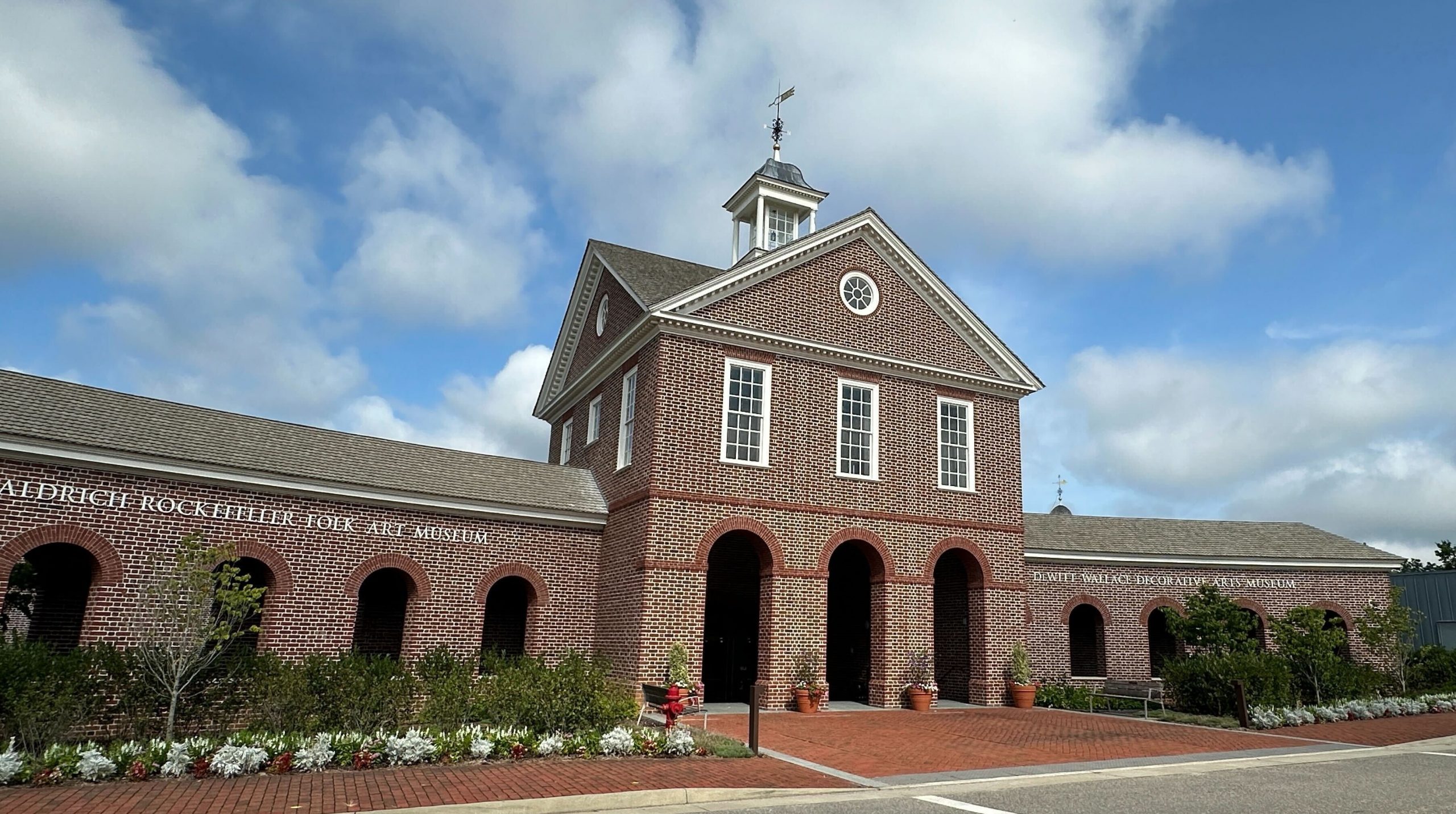
WILLIAMSBURG — Starting in November, visitors to the DeWitt Wallace Decorative Arts Museum, one of the Art Museums of Colonial Williamsburg, will learn how a market was developed for images of newsworthy or notable writers, actors, criminals, social climbers, athletes, politicians and military figures.
Celebrity in Print, which will be on view in the Michael L. and Carolyn C. McNamara Gallery from Nov. 9 through Nov. 8, 2025, will showcase approximately 30 objects that illustrate celebrities’ impact on material culture.
According to The Colonial Williamsburg Foundation (CWF), before the 18th century, consumers in the Atlantic world lacked wide access to images of famous people other than monarchs. Broad circulation of engraved portraiture changed all that, and, for the first time, people could put a recognizable likeness or caricature with a name they might have heard or read about in a newspaper.
From recognizable people in colonial government to ordinary people who led extraordinary lives, portrait prints featured in the exhibition will be paired with examples of porcelain, silver and archeological fragments that illustrate the impact that celebrities had on material culture “Like their modern counterparts, 18th-century celebrities were trendsetters,” said Ron Hurst, the Foundation’s chief mission officer.
Among the more recognizable examples of colonial government notables to be featured in Celebrity in Print is Benjamin Franklin.

Long before he became a Revolutionary statesman who helped draft the Declaration of Independence and acted as the first Ambassador to France, he was already a well known printer, writer, scientist and inventor.
In Benjamin Franklin of Philadelphia, a mezzotint made in London in 1763 after a work by Mason Chamberlin, several of his most famous experiments are depicted, including the lightning rod.
After the print was published in England, his son ordered 200 copies to sell in Philadelphia, according to the foundation, and Franklin enjoyed handing the print out to his friends and correspondents, especially those he could not visit in person.
English print publishers were quick to capitalize on the public’s interest in news from the war in America, and George Washington was perhaps the most well-known figure in the Colonies during the Revolutionary War.
Although George Washington, Esqr., a mezzotint made in London in 1775, is inscribed “Drawn from life by Alex.r Campbell of Williamsburgh in Virginia,” the artist’s name is fictitious; the real artist’s identity is unknown, the foundation said.
Washington wrote to Colonel Joseph Reed to thank him for sending him a copy of the print, noting in January 1776 that, “Mr. Campbell whom I never saw to my knowledge, has made a very formidable figure of the Commander-in-Chief, giving him a sufficient portion of terror in his countenance.”
The fact that the portrait bore little resemblance to Washington was not important to a public eager to get a look at the American general, CWF said.
Celebrity in Print also explores how print media offered an opportunity for writers, artists and actors to become famous not only for their work, but for who they were themselves. Plays, prints and stories of famous actors crossed the Atlantic leading to demand for portraits and descriptions of their authors or actors who made roles famous.
Models and fashionable society women are celebrated today, and the foundation notes the same was true in the 18th century.

“Just as today we use ever-expanding technologies to shape and share our image, artists, actors, politicians, athletes and socialites of the past used the printed word and images to expand their influence and fame,” said Katie McKinney, Colonial Williamsburg’s Margaret Beck Pritchard curator of maps and prints. “The word ‘celebrity’ wasn’t used in the modern sense until the 19th century, but the phenomenon certainly can trace its origins to 18th-century print culture.”
“People on both sides of the Atlantic admired the clothing, furnishings, and houses of the famous. Those who could afford to do so sought to emulate those fashions, sometimes even referencing the possessions of a particular luminary. Celebrity in Print will allow our visitors to get a glimpse of those bygone leading lights,” explained Hurst.
In addition to the objects on display, the exhibition is also enhanced by two 65-inch touchscreens that will enable visitors to delve more deeply into the prints on the walls as well as maps and prints that are not on view, the foundation said.
Additional information is available online.





